The Truth Behind Our Heart | Heart - Engine Of Life | Learning With CJ
For the past weeks, I was very exhausted on writing my blogs. Though I remember my past blogs before when I post at least one or two educational or science related blogs. I went anxious and troubled thinking what to write next. I felt headaches and was fatigue. I thought of stopping steemit for a bit.
I need to relax and reset my mind. In a solitary moment, where I lay down alone in the bed quietly. I heard some precious heartbeats coming from my chest. In spite of the struggles and stress I feel every time I think about what topic to write, I found the "Heart" as an interesting topic.
My brain cells were active once again! I start gathering some information that I have learn from my school times. The facts and the details I know that can make my readers impress. Then I have wrote this long article to share to all steemians.
HEART- ENGINE OF LIFE
Our body has one bag-shaped muscle which we cannot relax, and which must keep working at all costs. This is the heart, the muscle-powered pump for the circulatory system. It beats every second to force blood through the network of blood vessels.
ROUND AND ROUND
Our blood goes around and around or circulates, through the body. It delivers oxygen to all body parts, organs and tissues. Blood also carries hundreds of other substances. These include energy-packed sugars, nutrients for growth, vitamins and minerals to keep the body working well, disease fighting microscopic white cells, and the 'messenger' substances known as hormones which control many bodily process
ALWAYS BUSY
Blood not only delivers - it collects too. It gathers up wastes for removal by other body parts. These are the two lungs, which get rid of the waste carbon dioxide, and the two kidneys, which filter unwanted substances from the blood to form the liquid urine. Blood also helps to keep our bodies at a regular temperature. It spreads heat from hard-working parts, like the heart and muscles, to cooler areas. If the body gets too hot, more blood flows through the skin and loses the extra warmth to the atmosphere.
Any Kind Of Movement means muscles work harder, and need extra supplies of oxygen and energy. So the heart pumps harder and faster to increase blood flow through the muscles.
The Body's Circulatory System works like a giant production line. There are branches into every area, and vehicles come and go as they drop off fresh supplies and gather up wastes.
Energy From Our Food is pumped to every part of the body by the hard-working heart. What we eat, drink and do every day all have huge effects on our heart and blood vessels. Smoking, too much food rich in animal fats, lack of exercise and being overweight cause big problems. They are known as 'risk factors' for heart disease. Each risk factor on its own has a bad effect, and two or more combined make the risk to our health much worse.
TRY IT YOURSELF
In a quiet place, you can put your fingers into your ears. You may be able to hear the sound of the blood flowing through them, pulsing with each beat of the heart. It makes a very deep thudding sound, like far-off thunder.
INSTANT FACTS
- If the body was as big as a large city like London or New York, its main blood vessels would be like motorways 150 meters across, and its tiniest vessels would be about the width of a pencil.
- The heart, blood and all the blood vessels make up about one tenth of the weight of the whole body.
- If all the blood vessels in the body could be joined end to end, they would go around the world more than twice.
THE HEART UP CLOSE
'In love, your hearts skips a beat'. The heart is a favorite subject of singers, writers and poets. Sadly their words are not really accurate. Love, courage and kindness comes from the brain, not the heart. Yet even the clever brain relies on the heart to survive.
PEAR SHAPED
The heart is not really 'heart'-shaped, as in cartoons about love. It is more like a squashed pear lying on its side. The heart is mainly a hollow bag with muscular walls, and inside are four hollow chambers. The two upper chambers, atria are smaller with thin walls. The two lower chambers, ventricles, are much bigger with thick muscle walls. Each atrium connects to the ventricle below it through a flap-like valve. Blood flows into the heart via the atria and out of the heart via the ventricles.
The Typical Cartoon 'Heart' Shape is a Useful Symbol, but not accurate. The human heart is shaped more like a squashed pear or pointy-ended potato.
Pump, Pump, Pump, hour after hour, year by year. Mechanical pumps last 10 or even 20 years. The human heart continues for 70, 80, even 100 years.
TWO IN ONE
The heart is not a single pump. Rather, it is two pumps side by side. The right pump has one upper atrium and on lower ventricle. Low-oxygen blood comes into the right atrium from all around the body, passes through the valve into the ventricle, and flows from there out to the lungs. High-oxygen blood returning from the lungs enters the left atrium, goes through the valve to the left ventricle, and then flows out all around the body. So the body really has two circulation, the long one all around the body is the systemic circulation.
There are Several Ways of Seeing The Heart Within The Body. The most common is a chest X-ray. The heart in the X-ray appears pink. A coronary angiogram outlines the heart's own blood vessels, and an echocardiogram shows its beating motion 'live'.
Almost All Kinds of Animals Have a Heart-Like Pumping Organ for body fluids. Usually there is just the one, but the earthworm possesses five in a row along its main blood vessel.
In Focus, Inside The Heart. The muscles that makes up the walls of the heart, called cardiac muscle or myocardium, never ceases working and needs a continuing supply of blood. On each side of the heart the small upper chamber, the atrium, receives blood and passes it through a valve to the main lower chamber, the ventricle. This pushes the blood out into the blood vessels.
CHAMBER
A slice through the middle of the heart shows how the smaller right ventricle, sending right ventricle, sending blood to the lungs, has thinner walls and a curved shape compared to the left ventricle, which pumps blood body-wide.
In some of the world's wealthiest countries, heart and circulation problems are one of the leading cases of illness. Medical surveys show that habits to keep the heart healthy begin when young. They include avoiding eating too many fatty foods, especially animal fats, also avoiding too much salt, taking regular exercise and not smoking. It's never too early to begin living healthily!
Next time try to look at your chest when you lie on your back to rest or sleep,. You can probably see its breathing movements, but not the heart's motion. However, your abdomen ('tummy') may rise and fall slightly with each heartbeat, as blood pumps into the large vessels inside.
INSTANT FACTS
- The heart is about the size of its owner's clenched fist.
- In an average adult male the heart weighs about 300 grams, around the same as a medium grapefruit.
- In a typical woman the heart weighs about 250 grams.
- The lower- most pointed tip of the heart is about level with sixth rib.
HEARTBEAT
The heart beats almost every second, without you even noticing it. When the body is relaxed, a heartbeat is slow and steady, but when the body is active, the heartbeat gets faster and harder, and you feel it pounding inside your chest.
BLOOD IN
Each heartbeat is a smooth, continuous motion. First, the heart muscle relaxes and blood oozes from the min blood vessels into the upper chambers - the atrial. Their thin walls bulge easily. Next, the muscle in each atrial wall gets shorter or contracts. Like a stretched balloon contracting, this squeezes the blood inside the atria and pushes it through the funnel-shaped valve into the ventricle.
If Frightened, We Feel The Heart Pounding Faster and harder. It is responding to nerve signal from the brain, and also the hormone (message-carrying chemical) adrenaline in the blood.
The Heartbeat is Caused By Tiny Electrical Signals passing through its muscle. The signals can be detected by sensors on the chest, and shown as a spike line - the ECG (electrocardiograph).
BLOOD OUT
Next, the thicker muscle in the wall of the ventricle contracts, squeezing the blood much harder. This makes the valve into the atrium slap shut, so the blood cannot return there. Instead it flows out through another valve into the main blood vessels - on its way to the lungs from the heart's right side, and around the body from the left side. Then the heart relaxes again, and so the whole process continues.
Only Rarely Does The Human Heart go as fast as 200 beats each minute. Smaller animals have faster heart rates than us. The tiny shrew's heart, which is smaller than a peanut, beats 1,000 times each minute!
In Focus, Heart Valves. The valve from the upper to lower chambers are called the tricuspid and bicuspid or mitral. They are made of a tough, leathery material shaped like a funnel, held open by cords.
Heart Beats. After the atria fill, they contract and the valves open, to allow blood through to the ventricles. The valves shut when the ventricles contract to stop blood flowing back. The valves open as the ventricles contract and blood rushes out into the arteries. The sounds of the valves opening and closing make the sound of each heartbeat, 'lub-dup'.
You may have heard the expression 'heart murmur'. This is the name that doctor's give to an abnormal heartbeat. By listening to the heart with a stethoscope doctors get used to the sound that a healthy heart makes. Sometimes, though, the heartbeat sounds wrong - there may be a rushing sound, or a click, or a 'whoosh' - and these are called murmurs. Most heart murmurs are due to a problem with the heart valves.
When the body is relaxed, the heart rate is usually 70 beats or less each minute, To find out you pulse, put your first and second fingers on the inside of your wrist and press gently. Count the number of beats every 15 seconds, multiply that number by four and you will have your heart rate in beats per minute.
INSTANT FACTS
- Average heart rates at rest become slower with age, from 130 per minute in a new baby, to 100 at one year, 80 in an 8-year old child and 60-80 in an adult.
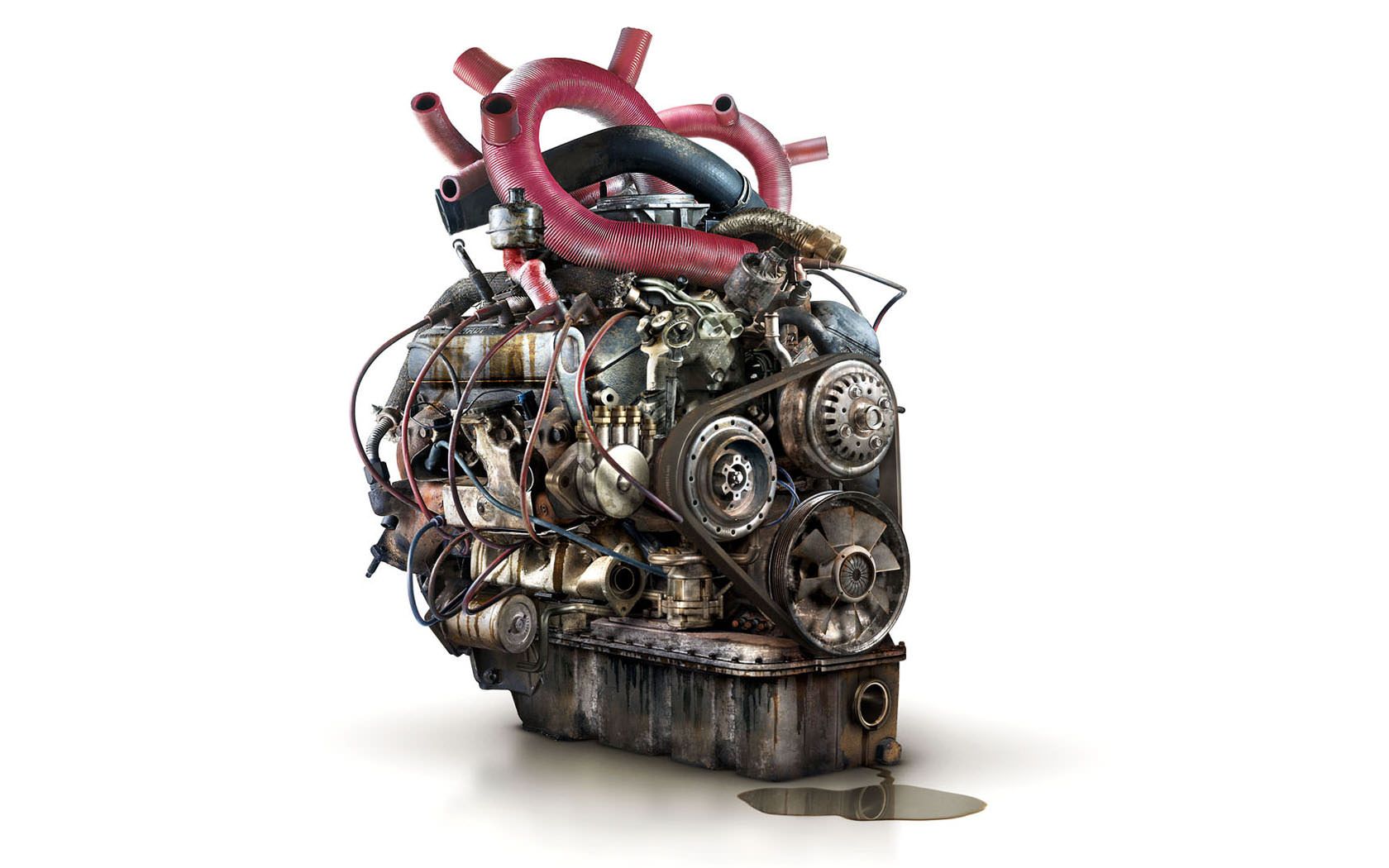

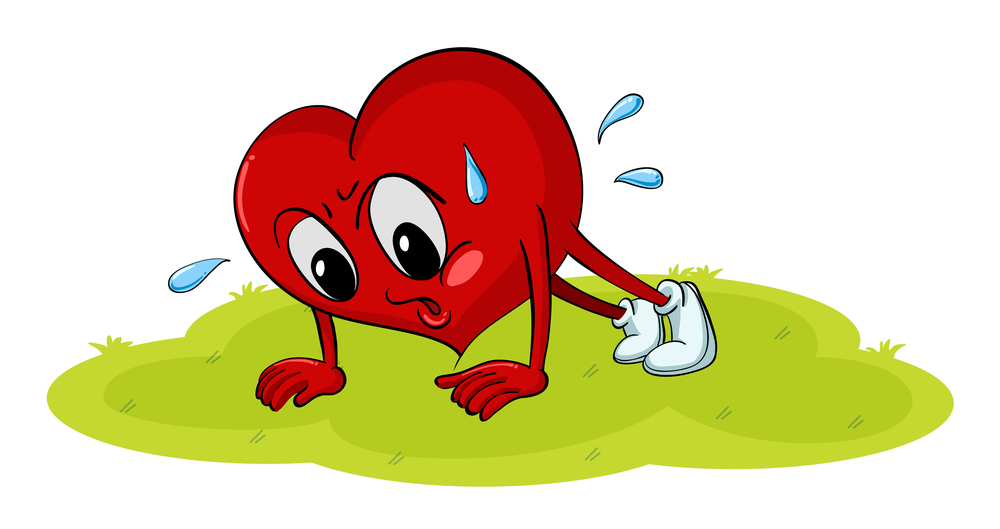

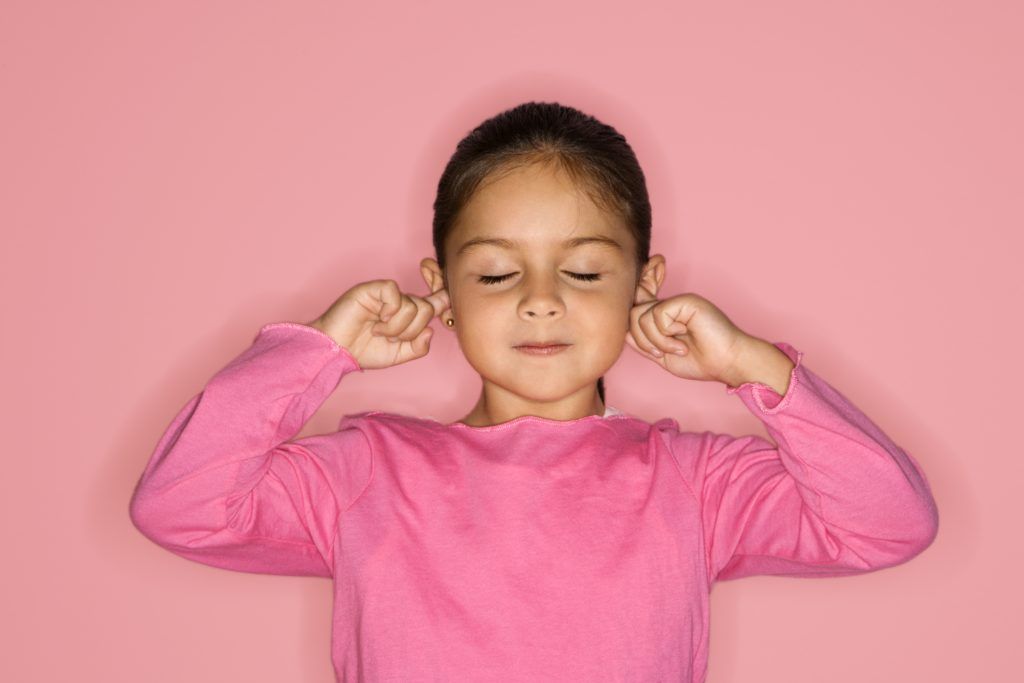
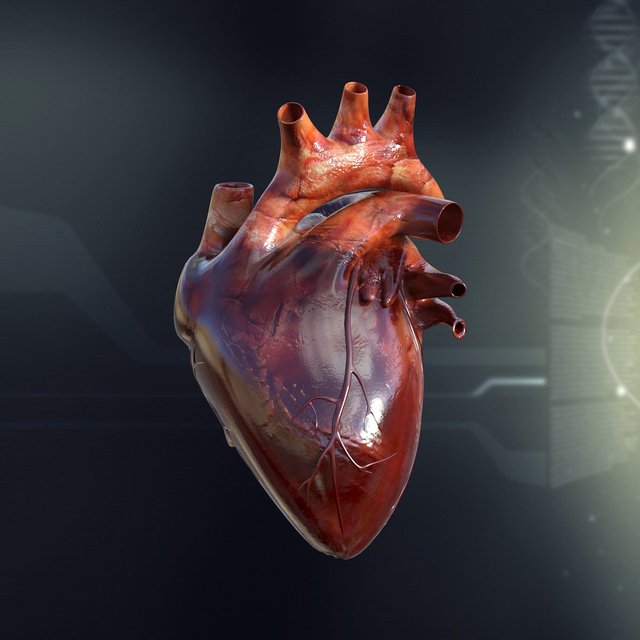



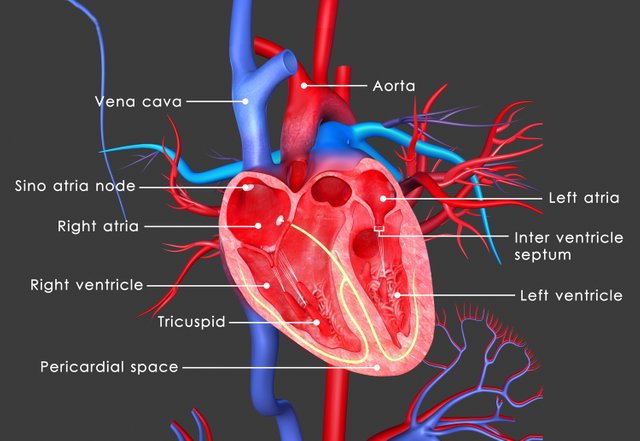

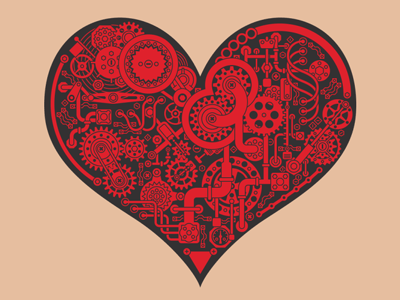

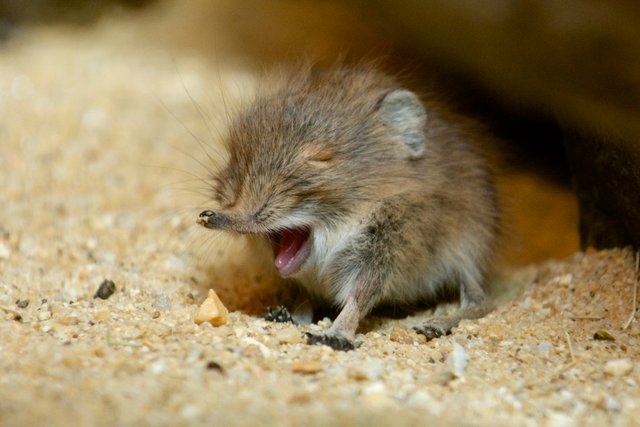

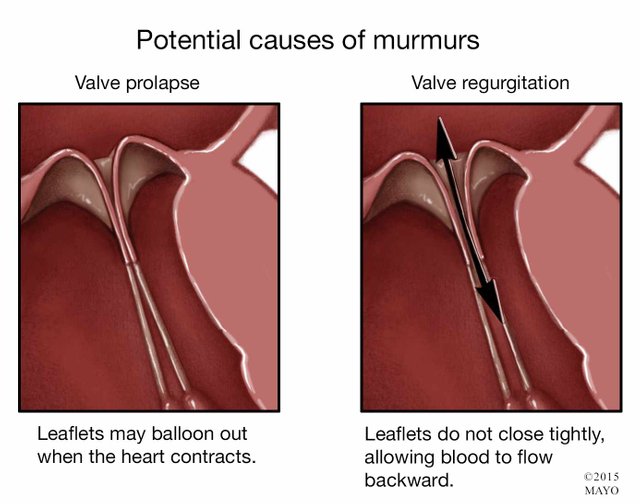
.png)
@carlitojoshua, I felt like while you are writing this post....your heart beats fast ba😅(curie na this!) a very superb post dong....congratulations!
Hehe thank you @fabio2614 ☺ mayta haha
THE HEART UP CLOSE
'In love, your hearts skips a beat'. The heart is a favorite subject of singers, writers and poets. Sadly their words are not really accurate. Love, courage and kindness comes from the brain, not the heart. Yet even the clever brain relies on the heart to survive. <---- agay!
Hahahhaa thats the truth ate @fotografia101 😉
Congratulations! Your post has been selected as a daily Steemit truffle! It is listed on rank 11 of all contributions awarded today. You can find the TOP DAILY TRUFFLE PICKS HERE.
I upvoted your contribution because to my mind your post is at least 21 SBD worth and should receive 118 votes. It's now up to the lovely Steemit community to make this come true.
I am
TrufflePig, an Artificial Intelligence Bot that helps minnows and content curators using Machine Learning. If you are curious how I select content, you can find an explanation here!Have a nice day and sincerely yours,

TrufflePigThank you 🙂
Congratulations! This post has been upvoted by the communal account, @steemph.cebu by carlitojoshua being run at Teenvestors Cebu (Road to Financial Freedom Channel). This service is exclusive to Steemians following the Steemph.cebu trail at Steemauto. Thank you for following Steemph.cebu curation trail!
Don't forget to join Steem PH Discord Server, our Discord Server for Philippines.
Congratulations @carlitojoshua! You have completed some achievement on Steemit and have been rewarded with new badge(s) :
Click on any badge to view your own Board of Honor on SteemitBoard.
To support your work, I also upvoted your post!
For more information about SteemitBoard, click here
If you no longer want to receive notifications, reply to this comment with the word
STOP